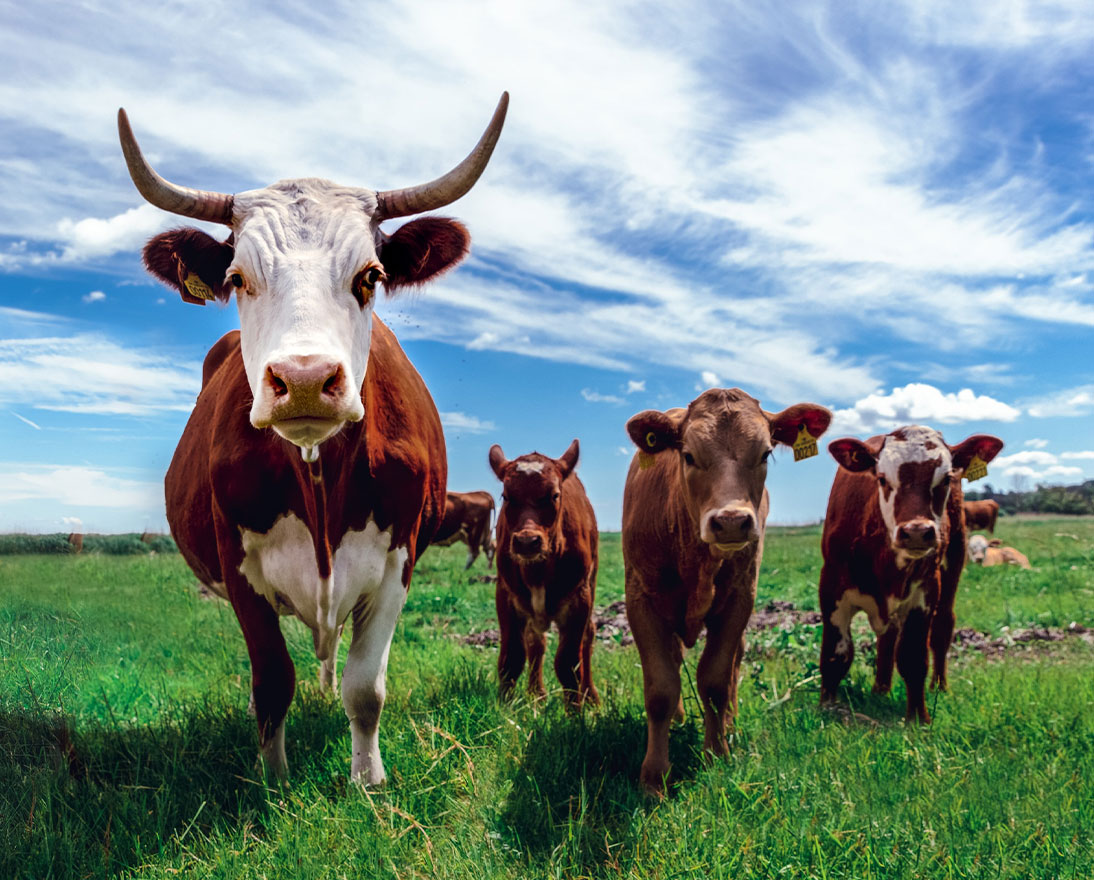Global warming vs. climate change: Why we all need to understand the difference
SustainabilityArticleAugust 23, 20217 min read
To many people, global warming sounds appealing. We need to correct this misunderstanding to ensure everyone appreciates the urgent need to combat climate change.
Glasgow has basked in a glorious summer. The Scottish city that is set to be host of the COP 26 climate conference in November enjoyed its third warmest July on record as well as being far drier and sunnier than average.
Its residents may have been restricted from holidaying overseas, but it didn’t matter as this year the Mediterranean summer came to them. Whisper it quietly, but the people of Glasgow think they are seeing the benefits of global warming.
And therein lies a major problem. To many people, particularly those living in cooler climes, global warming seems appealing. Milder winters, sunnier summers, what’s not to like about it?
The phrase ‘global warming’ is part of the issue. A steady rise in average temperature sounds, well, nice. Adding to the confusion is that the terms ‘global warming’ and ‘climate change’ are often used interchangeably. This misunderstanding is often used as a favorite riposte by climate deniers: ‘why do anything if all that happens is that we get more sunshine?’
So, let’s start at the beginning. Global warming and climate change are different, but there is a cause-and-effect relationship. Both are bad for the planet and our futures. And as confirmed by the recent report from the Intergovernmental Panel on Climate Change (IPCC), both are predominately caused by human behavior. Yes, natural processes do contribute, including cyclical ocean patterns like El Niño and La Niña, and even heavy volcanic activity. But we are mostly to blame for the current accelerated rate of climate change, and so it’s on all of us to fix it.
What is global warming?
Global warming refers to the rise in global mean surface temperature, which has increased 1.2°C above the pre-industrial baseline. And, according to the IPCC, could reach 1.5°C as early as the mid-2030s.
A 1.2°C or 1.5°C increase over the past 150 years or so doesn’t sound much of a threat. But it is.
A small increase in global average temperature can have major effect. The IPCC says every additional 0.5°C of global warming causes “clearly discernible increases in the intensity and frequency of hot extremes, including heatwaves, as well as agricultural and ecological droughts.” Even Glasgow, with its relatively modest summer temperatures, was warned about water scarcity at the end of July with businesses and individuals asked to protect water sources.
We are already witnessing heat waves in areas considered to be cooler climes. Just look at the record-breaking heat wave that affected the western side of North America during the 2021 summer. Multiple cities in the U.S. states of Oregon and Washington and the western provinces of Canada baked in temperatures far above 40°C (104°F).
The heatwave came with an additional warning for Glasgow when the village of Lytton, British Columbia, set a new Canadian temperature record of 49.6°C (121°F). Lytton is situated just north of 50 degrees latitude – only five degrees south of Glasgow. If extreme temperatures like these can strike this far north, then Glasgow cannot assume it will be immune from similar heat waves in the future.
What is climate change?
Climate change encompasses broader criteria. Essentially, global warming is a type of climate change that is driving a cascade of side effects. There are obvious heat-related impacts like heat waves, droughts, and wildfires. But there after other side effects that are considered climate change. For instance, warming will melt ice caps, which will raise sea levels and threaten coastal communities. More warming will cause the retreat of mountain glaciers that millions of people depend on for drinking water and agriculture.
John Scott, Head of Sustainability Risk for Zurich Insurance Group (Zurich), believes people need to better understand the consequences of a warming planet. “Most people think, ‘oh, everything is just getting a bit warmer’, but it’s far more complex than that,” he says.
“There is evidence global warming is influencing the behavior of the jet stream. This has the effect of localizing weather systems for weeks at a time, causing prolonged rainfall, drought, frost, or heat. Most climate scientists agree that over time global warming will exacerbate chaotic severe weather events. Tropical storms will likely become more impactful, with higher wind-speeds, greater aerial extent, changing their typical paths and becoming extra tropical storms or rainstorm flooding events when they eventually hit land.”
Adapting to a warmer, more unpredictable world
However, Glasgow is preparing for these risks. In July, as its residents enjoyed the sunshine, Glasgow City Region launched a decade-long Climate Adaptation Strategy and Action Plan.
The report recognizes Glasgow is likely to suffer from more extreme weather. It warns of heavier winter rainfall and reduced summer rainfall, more heatwaves, sea level rise and coastal erosion, and an increased likelihood of flooding, whether from rivers, surface water or coastal flooding. It even states risk to soil stocks, crops, livestock, and freshwater biodiversity. Disruption to supply chains and distribution networks is another cause for concern.
All these risks, it says, could cause unemployment to rise and economic and social divides to widen. But if Glasgow strengthens its resilience to climate change, then it could flourish in a new climate and grasp new opportunities, the report adds.
This would require, for instance, retrofitting homes and offices for heatwaves, defending roads and rail links against flooding, and planting 20 million trees to cool the city during high temperatures and reduce flood risk.
“Climate change will impact different parts of the world in different ways, but nowhere will be immune from its adverse effects,” says Amar Rahman, Zurich’s Global Lead for Climate Resilience at Zurich Resilience Solutions. He believes that, like Glasgow, all cities, regions, and countries need to develop plans to adapt and build resilience to climate change.
“Even if we limit temperature rise to 1.5°C, we are already experiencing the physical risks associated with climate change. Due to the accumulation of emissions in the atmosphere, we could even see a rise in the frequency and severity of natural hazards. And that’s before you start to consider long-term physical risks, such as rising sea levels,” adds Rahman.
Armageddon scenario
There is another potential long-term side effect of global warming that would have serious consequences for Glasgow: the collapse of the Gulf Stream, or as experts call it, the Atlantic meridional overturning circulation (AMOC).
‘What is this?’, you ask. It’s an ocean conveyor belt that drives warm, salty water from the Gulf of Mexico to the northeast Atlantic region. It affects the climate, seasonal cycles, and temperature in Scotland and other parts of western and northern Europe. For instance, it’s why in January, Glasgow has an average temperature of 3°C (37.4°F), while Moscow – which is on the same latitude – suffers with an average of -7.9°C (17.8°F).
But melting polar ice would dilute the salty sea water in the north Atlantic and potentially disable the engine that drives this ocean circulation. Research suggests the Gulf Stream is losing stability and is at its weakest in 1,000 years. If it were to collapse, then it would have a major impact on Scotland’s climate and even cause crop production to plunge, including barley, Scotland’s main cereal crop.
Barley is also the essential ingredient for producing Scotch whisky. Whisper it quietly, but the people of Glasgow are realizing that global warming is a bad phenomenon and that we need to urgently tackle climate change.
Weather vs. Climate. What’s the difference?
Weather refers to atmospheric conditions that occur locally over a limited time period – from hours to days. Familiar examples include rain, snow, hail, winds, or thunderstorms.
Climate relates to the average atmospheric conditions in a particular location over a long period of time. It may include average temperature, humidity, and rainfall patterns over seasons, years, or decades. So, climate change refers to a longer-term change in average atmospheric conditions.



